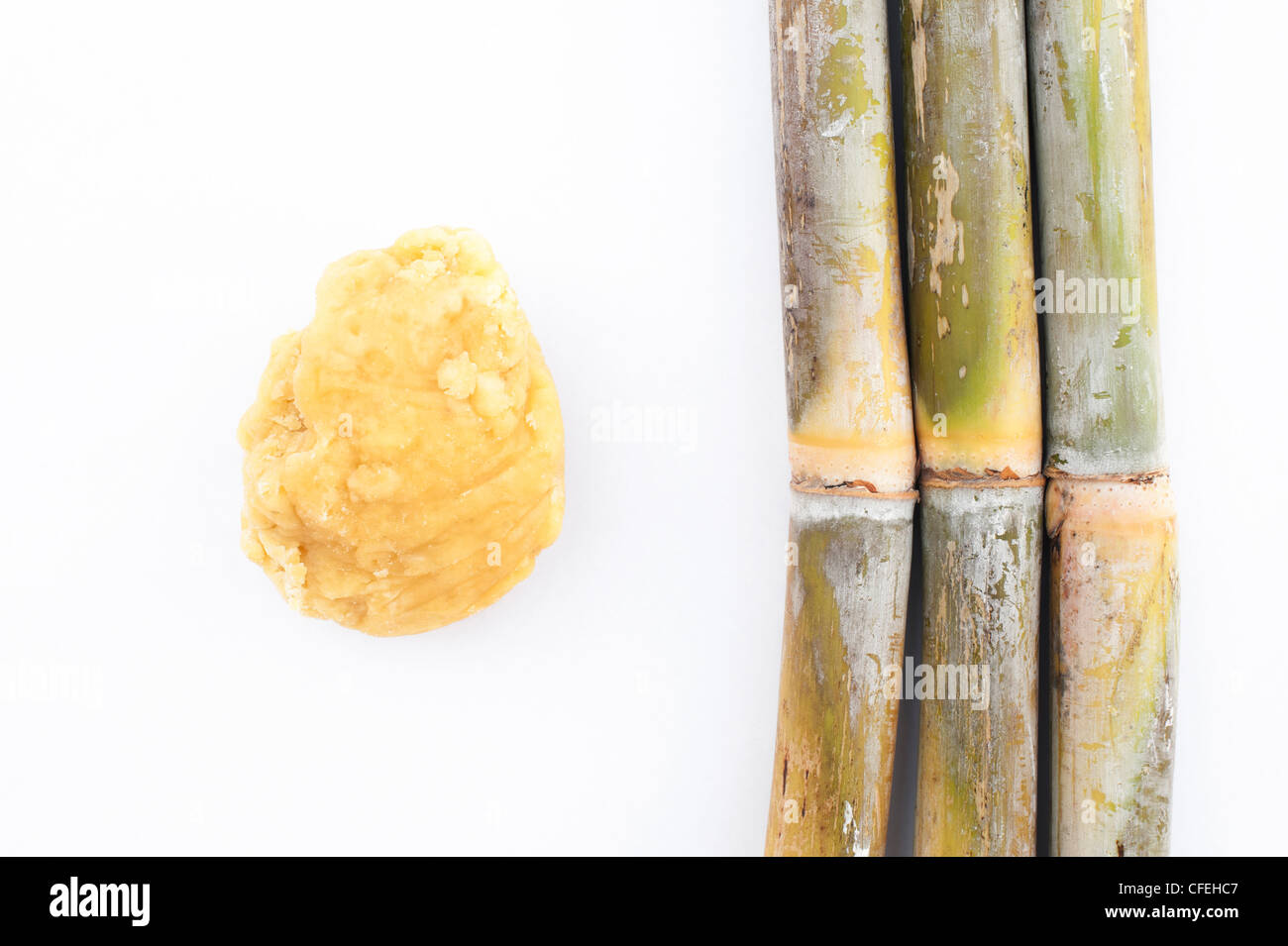Sugarcane Product: A Natural Sweetener for Health-Conscious Individuals
Sugarcane Product: A Natural Sweetener for Health-Conscious Individuals
Blog Article
The Trip of Sugarcane: From Harvest to Everyday Products
The journey of sugarcane is a complex process that begins with careful farming and culminates in a range of products that permeate our day-to-day lives. As we explore the different aspects of sugarcane's trip, its role in sustainability and the broader effects for our atmosphere come into sharper emphasis.
Farming of Sugarcane
The growing of sugarcane is an essential farming process that calls for details ecological problems and administration techniques. Ideal development occurs in subtropical and tropical areas where temperature levels vary between 20 ° C and 32 ° C. Adequate rains or irrigation is vital, as sugarcane grows in moist dirt with well-drained conditions (sugarcane product). Dirt top quality considerably affects return; therefore, farmers commonly perform soil tests to figure out nutrient needs
This approach assists in efficient collecting and optimizes sunlight direct exposure. Crop rotation and intercropping are recommended practices to enhance soil fertility and minimize bug infestations.
Timely application of these fertilizers can dramatically boost sugar yields. In general, successful sugarcane farming pivots on a combination of environmental stewardship, strategic planning, and ongoing management methods.
Collecting Techniques
Effective sugarcane growing culminates in the harvesting phase, which is essential for maximizing return and guaranteeing top quality. The timing of the harvest is essential; sugarcane is usually harvested when sucrose levels peak, normally between 10 to 18 months after growing. This duration differs based on climate, soil type, and sugarcane selection.
Gathering methods can be broadly classified into manual and mechanical approaches. Hand-operated harvesting is labor-intensive, depending on competent workers that make use of machetes to reduce the stalks close to the ground. This method permits discerning harvesting, where just the ripest walking canes are chosen, thus improving overall sugar web content.
On the other hand, mechanical harvesting has obtained popularity as a result of its effectiveness and cost-effectiveness. Specialized farmers outfitted with reducing knives and conveyor systems can process large areas swiftly, considerably reducing labor costs. Nonetheless, this strategy might result in the inclusion of premature walking sticks and a possible reduction in sugar quality.

Regardless of the technique employed, ensuring that harvested canes are moved rapidly to refining centers is crucial. Prompt taking care of lessens spoilage and maintains the integrity of the sugarcane, setting the phase for optimum processing.
Handling Techniques
Processing sugarcane includes a number of vital steps that transform the harvested stalks right into useful items, mostly sugar and molasses. The preliminary stage is washing the walking cane to eliminate soil and particles, followed by the removal of juice with crushing or milling. This procedure commonly uses heavy rollers that damage the cane fibers to launch the sweet fluid contained within.
As soon as the juice is removed, it goes through information, where contaminations such as dirt bits and bagasse are eliminated. This is often achieved by including lime and heating up the juice, allowing sedimentation. The cleared up juice is after that concentrated through evaporation, where water content is reduced, causing a thick syrup.

Inevitably, the handling of sugarcane not just produces sugar and molasses but also prepares for different derivatives, which will certainly be discovered in subsequent discussions.
Products Derived From Sugarcane
Sugarcane is a functional plant that produces a large variety of products beyond just sugar and molasses. Amongst the primary spin-offs are ethanol and biofuels, which have gained prominence as renewable energy resources. Ethanol, generated with the fermentation of sugarcane juice, functions as an alternative to fossil gas and is often mixed with gas to develop cleaner-burning fuels, reducing greenhouse Look At This gas discharges.
Furthermore, sugarcane is a considerable resource of bagasse, the fibrous residue continuing to be after juice removal. Bagasse is made use of in various applications, including the production of paper, eco-friendly packaging, and as a biomass fuel for energy generation. Its usage not only minimizes waste but also improves the sustainability of sugarcane handling.
Furthermore, sugarcane-derived products reach the food industry, where it acts as an all-natural flavoring representative and sweetener in different culinary applications. In the realm of cosmetics, sugarcane essences are included into skincare products as a result of their natural exfoliating buildings.
Ecological Effect and Sustainability
The growing and processing of sugarcane have significant ramifications for ecological sustainability. This plant requires substantial water sources, typically causing exhaustion of local water supplies and affecting bordering environments. Additionally, the use of fertilizers and chemicals in sugarcane farming can result in dirt deterioration and waterway air pollution, posing risks to biodiversity.

Lasting sugarcane farming likewise advertises dirt health and wellness via crop turning and decreased tillage, improving carbon sequestration. The adoption of these techniques not just sustains environmental integrity yet likewise enhances the strength of farming neighborhoods versus climate adjustment.
Conclusion
In recap, the trip of sugarcane includes numerous phases from growing to handling, ultimately resulting in a large variety of items. The importance of sugarcane extends beyond simple sugar, contributing to renewable resource via ethanol manufacturing, lasting packaging via bagasse, and all-natural click for source essences for cosmetics. This complex plant plays a critical function in both dietary enrichment and ecological sustainability, highlighting its relevance in contemporary farming and commercial techniques.
Effective sugarcane cultivation finishes in the harvesting stage, which is crucial for making best use of return and making sure quality. The timing of the harvest is crucial; sugarcane is normally harvested when sucrose levels height, normally between 10 to 18 months after growing.Processing sugarcane entails numerous view website essential actions that transform the collected stalks into usable items, mainly sugar and molasses.Sugarcane is a versatile crop that generates a vast array of items beyond just sugar and molasses. Furthermore, the use of fertilizers and pesticides in sugarcane farming can result in dirt deterioration and waterway air pollution, posturing risks to biodiversity.
Report this page